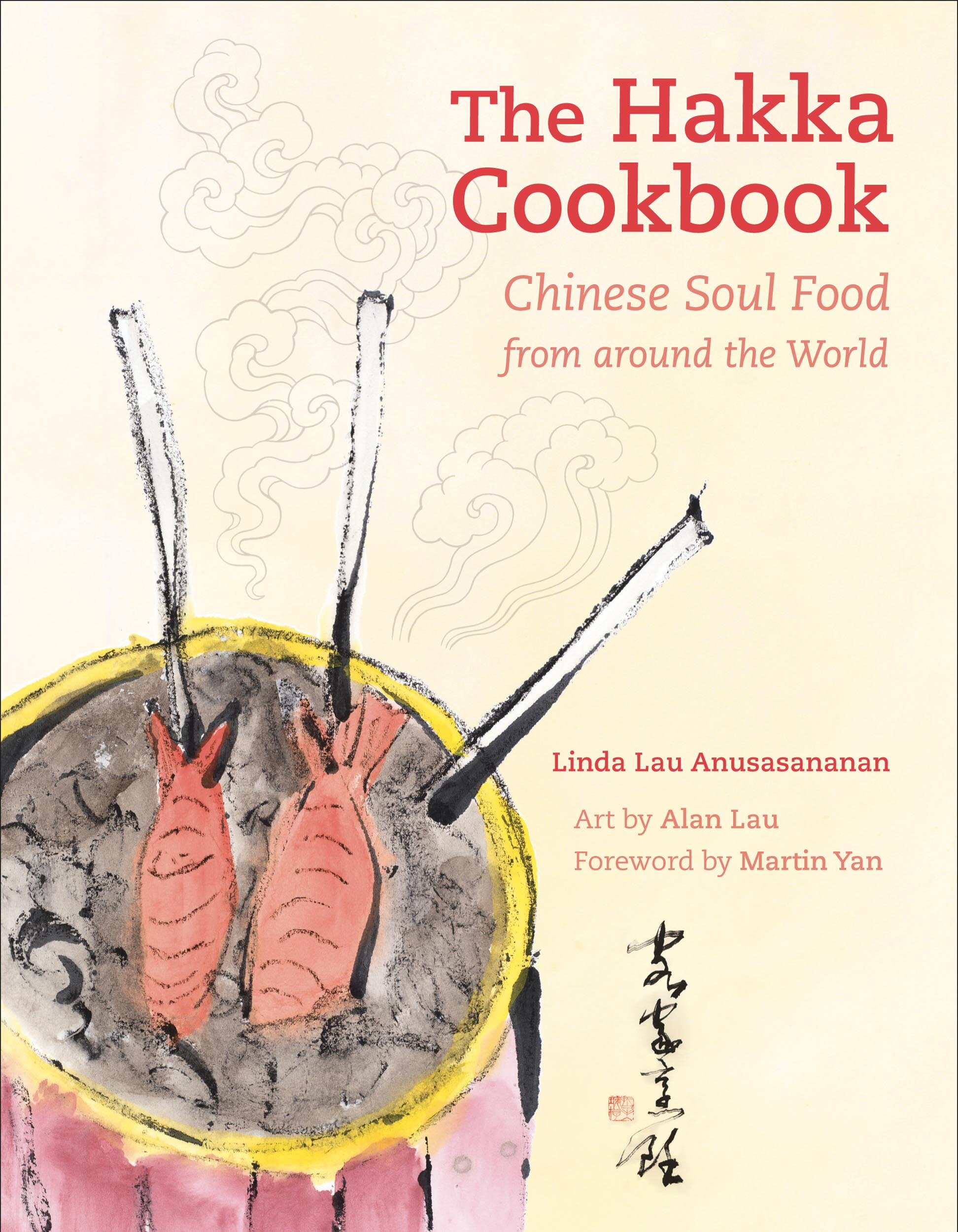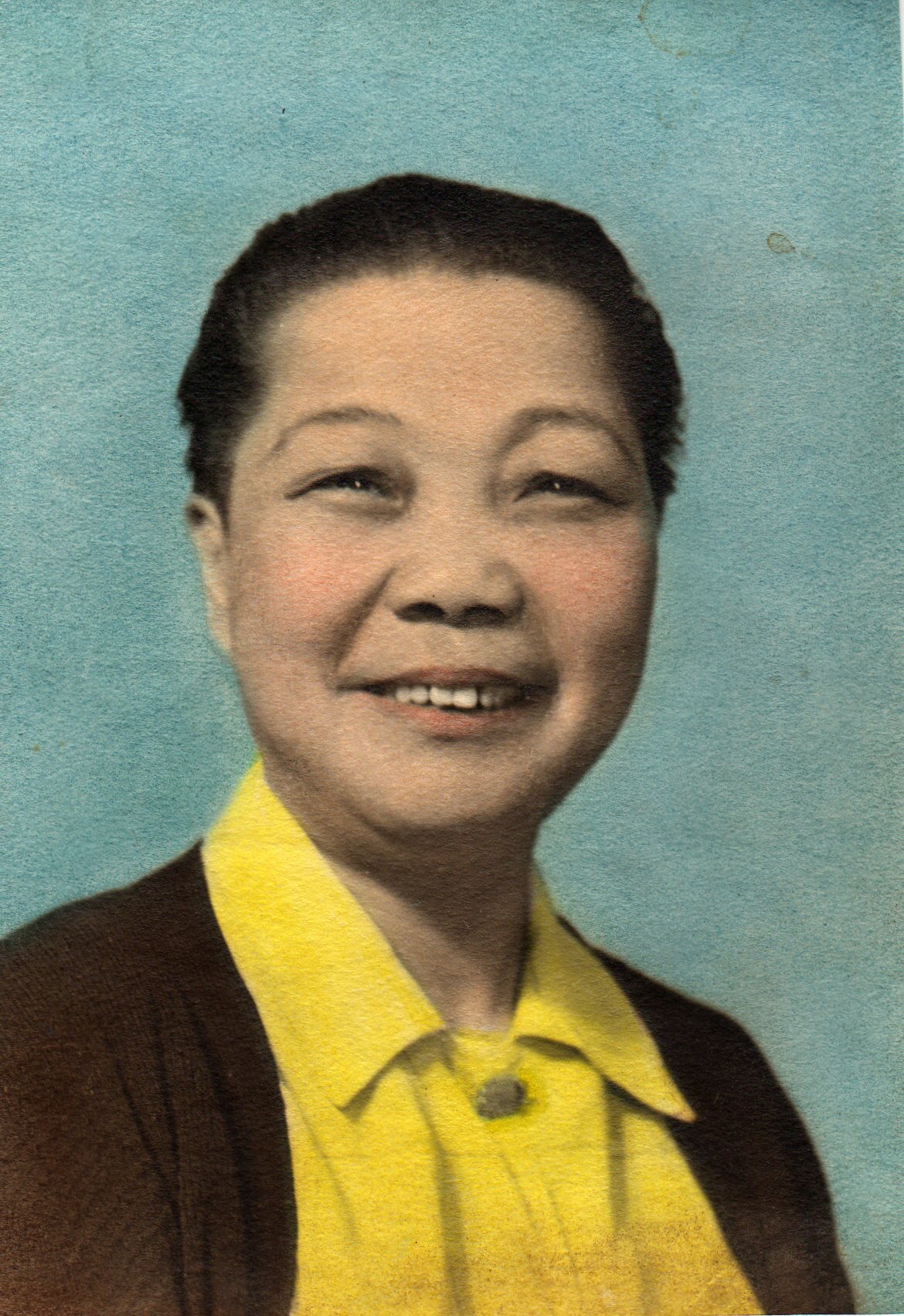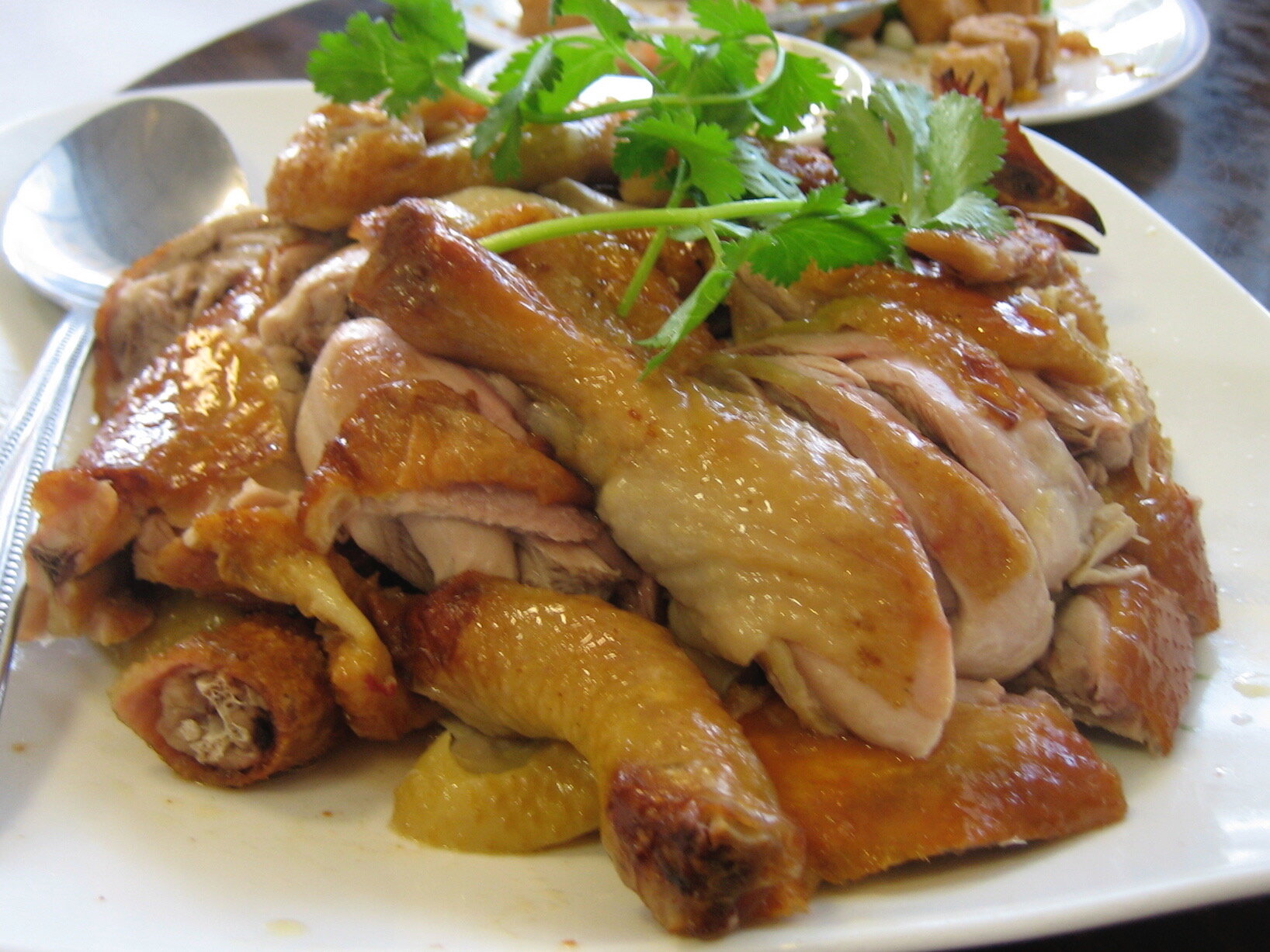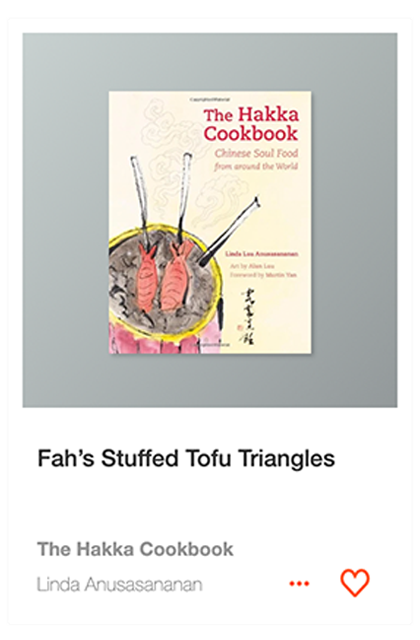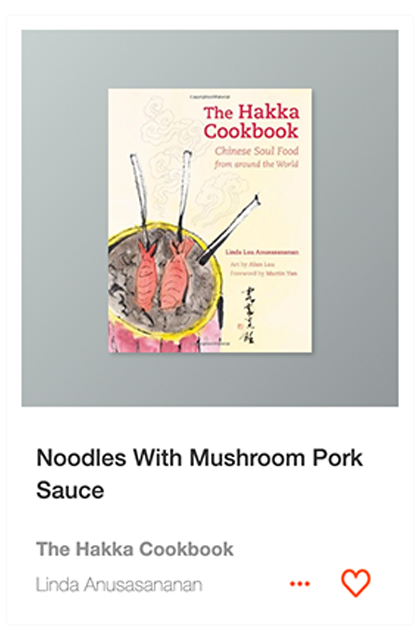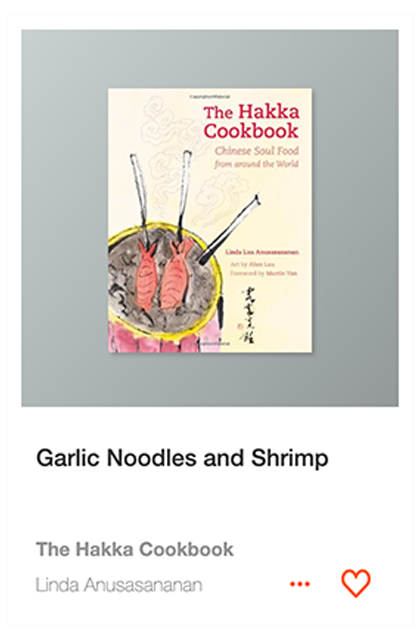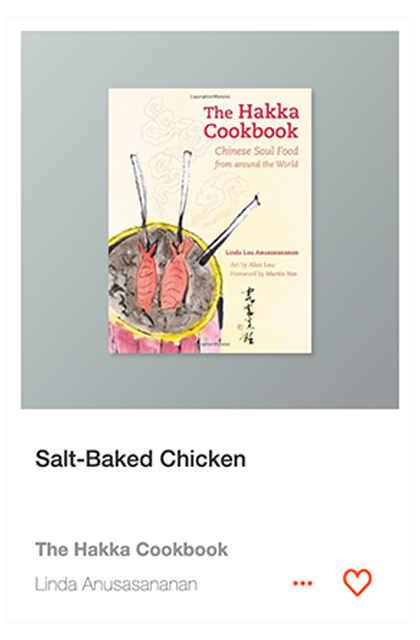Behind the Cookbook: Linda Anusasananan on The Hakka Cookbook
The Hakka Cookbook began with an often repeated admonition from Popo, my grandmother. when I was just a child.
My maternal grandmother came to live with us in the 1950’s. My father was struggling to open the first Chinese restaurant in Paradise, a small town in northern California. Popo was Hakka and very proud of her heritage. She used to tell us “You should be proud to be Hakka.” My brother and I were the only children of color in school and in town. We were more interested in just figuring out how to fit in rather than learn about our unique Chinese heritage. But Popo persisted. Everyday after school we went to her kitchen for Chinese lessons. Afterwards, she cooked Chinese comfort food suppers for us, another way to share our Hakka culture.
More than five decades later, after I left Paradise and my 34 year food writing career at Sunset Magazine, Popo’s words came to haunt me. I am ashamed to say I never quite understood what she meant when she said “You should be proud to be Hakka.” Although I had forgotten most of my Chinese lessons, memories and smells of her cooking lingered. I decided to research the meaning behind my grandmother’s words through food.
First, I needed to figure who are the Hakka (Ke Jia in Mandarin)? The words translate to guest family. Some call us the nomads or gypsies of China.
Why were we different? A long history of migration, forced by having no land to call home, made us unique. In the 4th century invaders forced our ancestors from their home in Henan in north-central China. In five major migrations that spanned more than 15 centuries, they moved south and by the 19th century the Hakka eventually settled in parts of southern China and around the world in scattered communities.
Because the Hakka arrived late to settled areas, the good pieces of fertile land were taken. Only scraps of poor land were left. The Hakka were not welcomed. These hardships forced the Hakka to adapt, work hard, and survive in situations where most people failed. Some people compare the Hakka to dandelions. Like the dandelion, the Hakka lands in poor soil, roots, grows, and flowers. This is what Popo was trying to tell me. That I should be proud of the Hakka because of strong character developed through our unique history.
What is Hakka cuisine?
What did they eat? I followed the Hakka diaspora, eating my way around the globe. My journey took me to my father's home in the Hakka Heartland of China, Hong Kong, Taiwan, Malaysia, Singapore, Hawaii, Peru, New York, and Toronto. In Toronto, I found many Hakka from multiple migrations who came from Jamaica, Trinidad, Surinam, Mauritius and India, Malaysia and Australia, South Africa and Europe. The Hakka are on every continent. Their world population numbers around 75 million.
I collected their stories and recipes. The cuisine is like the people, it adapts to its new environment, picking up local ingredients and tastes, inventing dishes to fit modern lifestyles, Migration expanded the cuisine. Yet it maintains its traditional roots.
At its roots Hakka food is the honest, earthy fare of the working man; comfort food for the soul. It is satisfying and hearty, and sometimes fatty, needed to fuel the labor of people who did hard physical work. Strong, robust flavors, come from preserved vegetables, cured meats, and soy sauce which were preserved with salt. To balance these strong tasting dishes, other dishes emphasized the natural essence of the ingredients, they were simple and rather plain. Hakka food is the country cousin of Cantonese food. Since they lived as neighbors there was much borrowing from both sides.
Chinese New Year
As I write this article, Chinese New year is almost upon us. It’s a time of renewal and feasting. The Chinese follow the lunar calendar so Chinese New Year usually falls between the January 20 and February 19 on the Georgian calendar. In 2020, January 25 marks the start of the new Chinese year. On the Chinese horoscope, each year is dominated by an animal sign: Rat, ox, tiger, rabbit, dragon, snake, horse, goat, monkey rooster, dog, and pig. Each animal has special characteristics. This is the year of the rat.
A family reunion feast is central to the New Year celebration. The table is traditionally filled with foods that send auspicious messages to attract wealth, luck, success, unity, longevity. Some families may celebrate with a banquet in a Chinese restaurant. Others may cook at home. Since we still have young grandchildren I like to host the meal at home, where the kids have more freedom.
As I plan the menu for our family’s new year feast, I’m looking through The Hakka Cookbook for ideas. I like our meals to be a cooperative effort, sort of an organized potluck plus cooking lesson. It’s easier to share cooking duties and hopefully everyone can learn something new. For my grandchildren, I try to include one cooking activity. In the past, we have made wontons, dumplings, and pot stickers. This year we may make Stuffed Tofu. The Hakka invented stuffed tofu when they could not find wheat flour in their new home in the south to make the dumplings they ate in the former home in northern China.
Noodles represent long life. I like the dark, umami-rich flavor of Noodles with Mushroom Pork Sauce. Or perhaps we’ll cook Garlic Noodles and Shrimp, sort of a Hakka-style Chow Mein. Fish is a must-have on Chinese New Year table. The fish brings surplus and abundance to the new year. I like Steamed Fish with Green Onions. Steaming keeps the delicate flesh moist and is so easy. A green vegetable represents growth in business. I love the simplicity of the stir-fried Chinese Broccoli in Sweet Rice Wine. Possibly we may cook the famous Hakka Salt-baked Chicken or some of the easier variations or maybe we’ll buy a Chinese roast duck.
For me, Chinese New Year is about food and family. Gong Hay Fat Choy! Happy New Year!
Lina Anusasananan’s Chinese New Year Feast
Linda Lau Anusasananan, author of The Hakka Cookbook: Chinese Soul Food from around the World, traveled the world to discover her Hakka identity and history through food and story. Anusasananan was also a former food writer and recipe editor at Sunset Magazine, a lifestyle publication on living in the West. For more information visit https://TheHakkaCookbook.com.
Linda Anusasananan is a featured author on ckbk, home to the world's best cookbooks and recipes for all cooks and every appetite.

